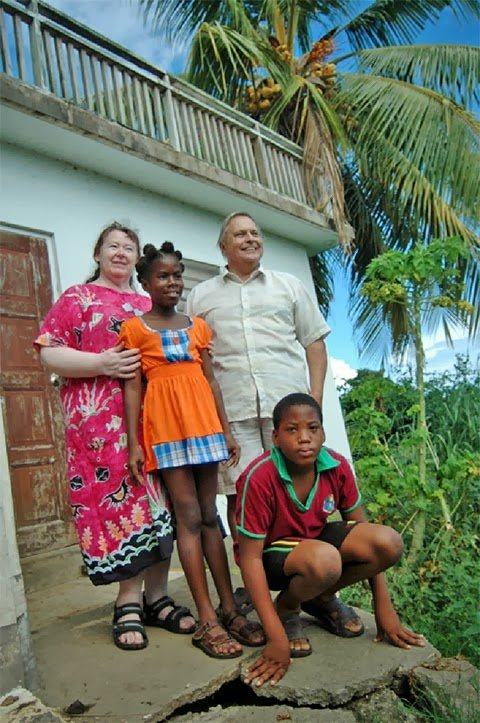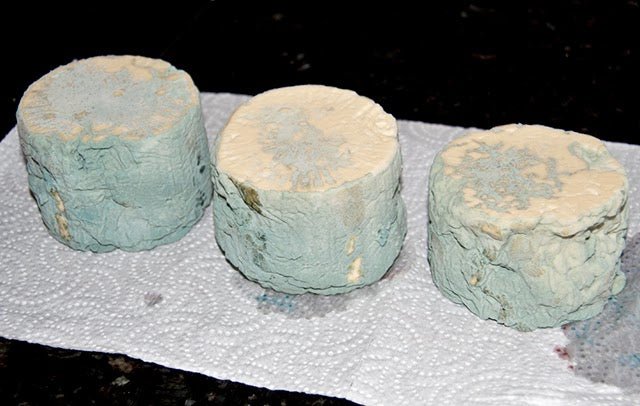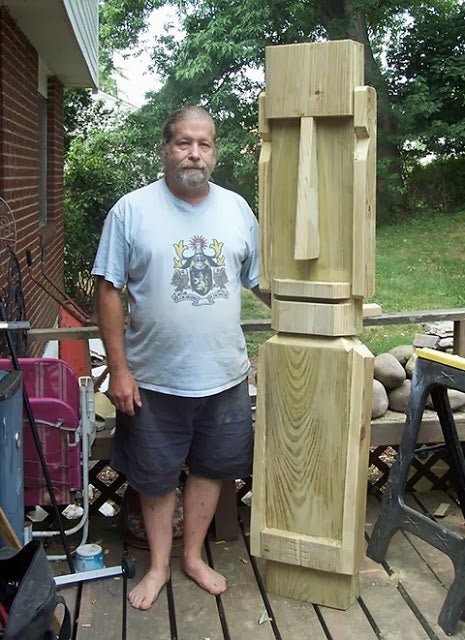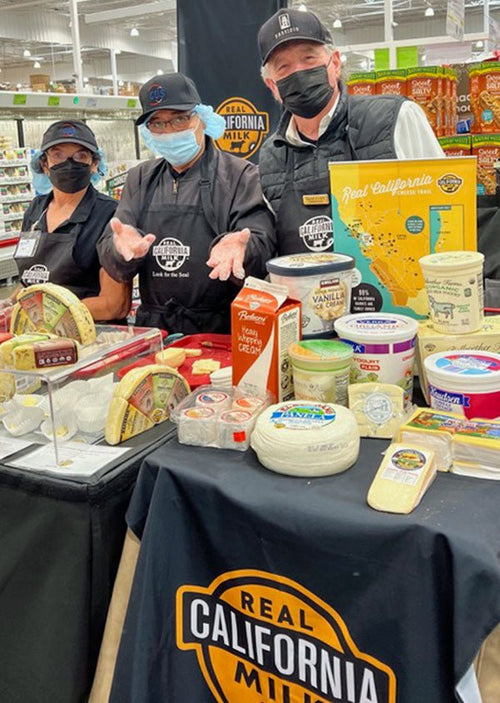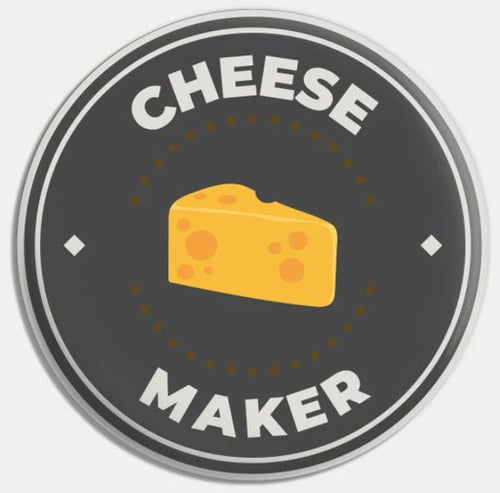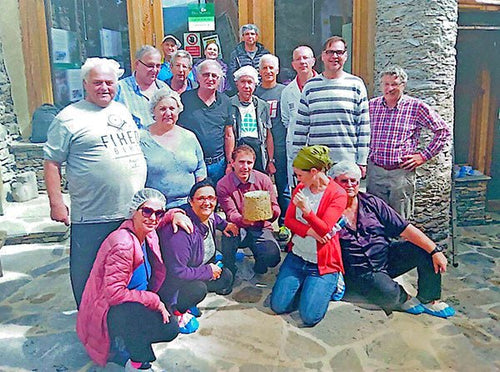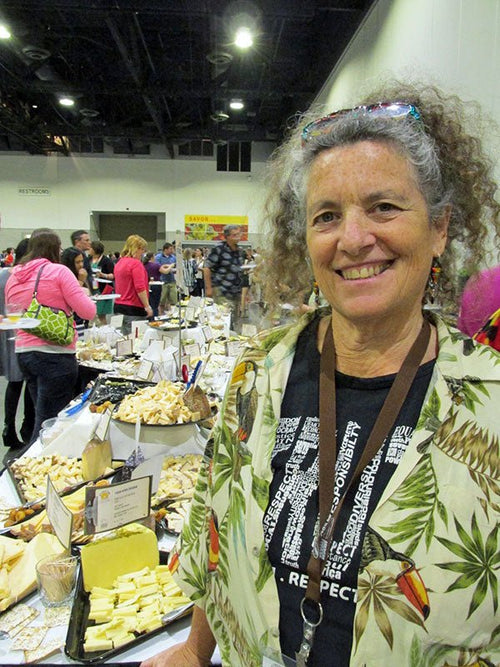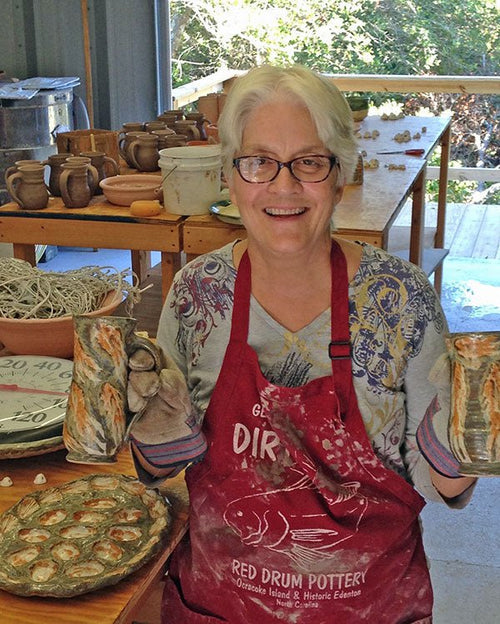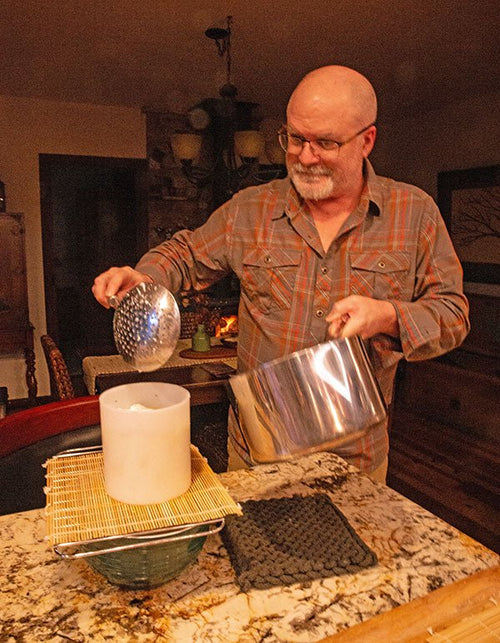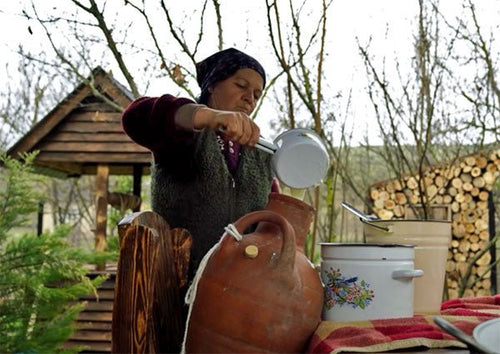 |
| Werner Troeder |
It’s always interesting when folks move from one country to another with a totally different culture. They find themselves missing certain aspects of the life they left behind and so they re-create those things for themselves.
This happened when the Troeders moved from Germany to Jamaica. Cheese is nowhere near as important to Jamaicans, in general, as it is to Germans. However, the Troeders managed to find good milk on the island and to learn cheese making in a very short time. Now, they have the best of both worlds.
Werner Troeder entered the essay contest we held a few months ago. His original essay included many pictures which we could not publish, because, for the competition, we had a limit of one. Here is his original essay followed by a few questions he answered for us:
Cheesemaking in Jamaica
By Werner Troeder
My wife, Annemarie and I, with our adopted kids Amy and Marcus, have been living for a long time in Ocho Rios on the north coast of Jamaica. After almost 20 years of healthy bread baking, we have started this year with making cheese.
 |
| Werner, wife Annemarie and their kids, Amy and Marcus |
Here in Jamaica you will find a lot of imported cheese in the hotels, restaurants and supermarkets. So, it is no wonder that the cheeses are processed industrially, mostly from pasteurized milk. Even Brie and Camembert have preservatives and taste the same. I found, in a supermarket, a Three Cheeses Pizza full of chemicals and, amazingly, with artificial cheese (below).
On the internet, I ordered from New England Cheesemaking Supply the ingredients for making cheese. In Germany I didn’t eat cheese except something coming from the oven, baked with cheese on top or Anni’s cheesecake.
As the milk in the supermarket is expensive, we looked for a milk farm.
 |
| Cows are going to milking |
Not far from Ocho Rios, there are milk farms with cows where we asked to buy milk.
We got the head office phone number of UC Rusal, where I talked to the responsible Manager – Mrs. Holness. She agreed and at the farm we got payment bank slips. We started with 30 litres of milk (8 gallons). We are now able to pick up warm milk, freshly milked. The milk from Moneague has a nice flavor because of the good grass.
Back home, we started with Camembert, Anni’s favorite and Feta. We used culture and rennet and molds and recipes from New England Cheesemaking.
 |
| Camembert 5 weeks old |
Two weeks later, we bought some milk and after a year of cheese making, we now buy 70 litres (18.5 gallons).
We tried two Mozzarella recipes, and the one with the microwave was easier to stretch and knead. We will try more later. Sorry about the mess behind, but I worked on the clean table beside.
The Feta came out nicely and we used it in the middle of burgers (Greek beefteki) and in lasagna and Greek salad with tomatoes & olives. We learned how to make brine. Then we did Brie and Gouda.
 |
| Gouda and Colby for breakfast |
I even started and like eating cheese. As a diabetic, I should be careful about fat, but mild hard cheeses are delicious.
For bigger, hard cheeses, we use a gallon paint bucket sanitized, and cotton diapers for cheesecloth.
 |
| Provolone, oil rubbed, from heart molds and some leftover milk |
 |
| Robiola |
For my office, I bought three square baskets with bottom holes for molding Taleggio and Feta.
 |
| Tallegio |
Anni had the idea to put the Feta in red wine (below). The salty taste went after a week and the flavor and taste are delicious.
 |
| Feta in Rotwein |
We also did some Baby Swiss, Asiago, Havarti and Romano (above), which will mature later.
 |
| Romano |
The Agriculture Minister has called November the “Eat Jamaican Month.” We are having success with cheese making, eating Jamaican cheese, and enjoying the help and quick support of New England Cheesemaking Supply.
More from Werner…
 |
| Colby at 5 weeks |
How did you end up living in Jamaica?
My wife Annemarie and I lived in Essen, a city close to the Dutch border in Germany. After the first holiday to Jamaica, (my wife, Anni had
listened to a report on the radio about Jamaica), we bought a piece of land in 1989, and moved to Jamaica in 1994. We
adopted two Jamaican kids, had a bakery until 2011, and then started wine and cheese making.
 |
| Anni’s cheesecake |
Where are you getting your milk?
First, we started with 30 liters (8 gallons) of raw milk and we are now at 130 liters (34 gallons) per trip. We get the milk from a farm in Moneague in Jamaica.
What kind of equipment are you using?
For Camembert and Brie, we use your Camembert and two of your Gouda molds and also two cut plastic containers (these are not too stable). For the
semi-soft and hard cheeses, we have gallon paint containers, square office paper holders and flower buckets.
To press the curds, we use filled paint containers and full gallon bottles, and for more weight, I use my exercise bike. We try to make it easy because of the shipping cost of the presses. Maybe later on I will build a proper press.
All the cheese is made in our kitchen, and we will change that to extra rooms later. Our kids, Marcus and Amy will take that over soon, so we can enjoy our pension.
 |
| Mountain Cheese |
How are you aging your cheese?
I have the cheeses in plastic containers, partly with a (hole/switch), and partly open with a cloth in two fridges. I control the humidity by measuring in the fridge and I take the cheeses out to check and wash. Today we will pick up 140 litres (37 gallons) of milk and process some Camembert, Brie, Feta, Tomme and Robiola.




























